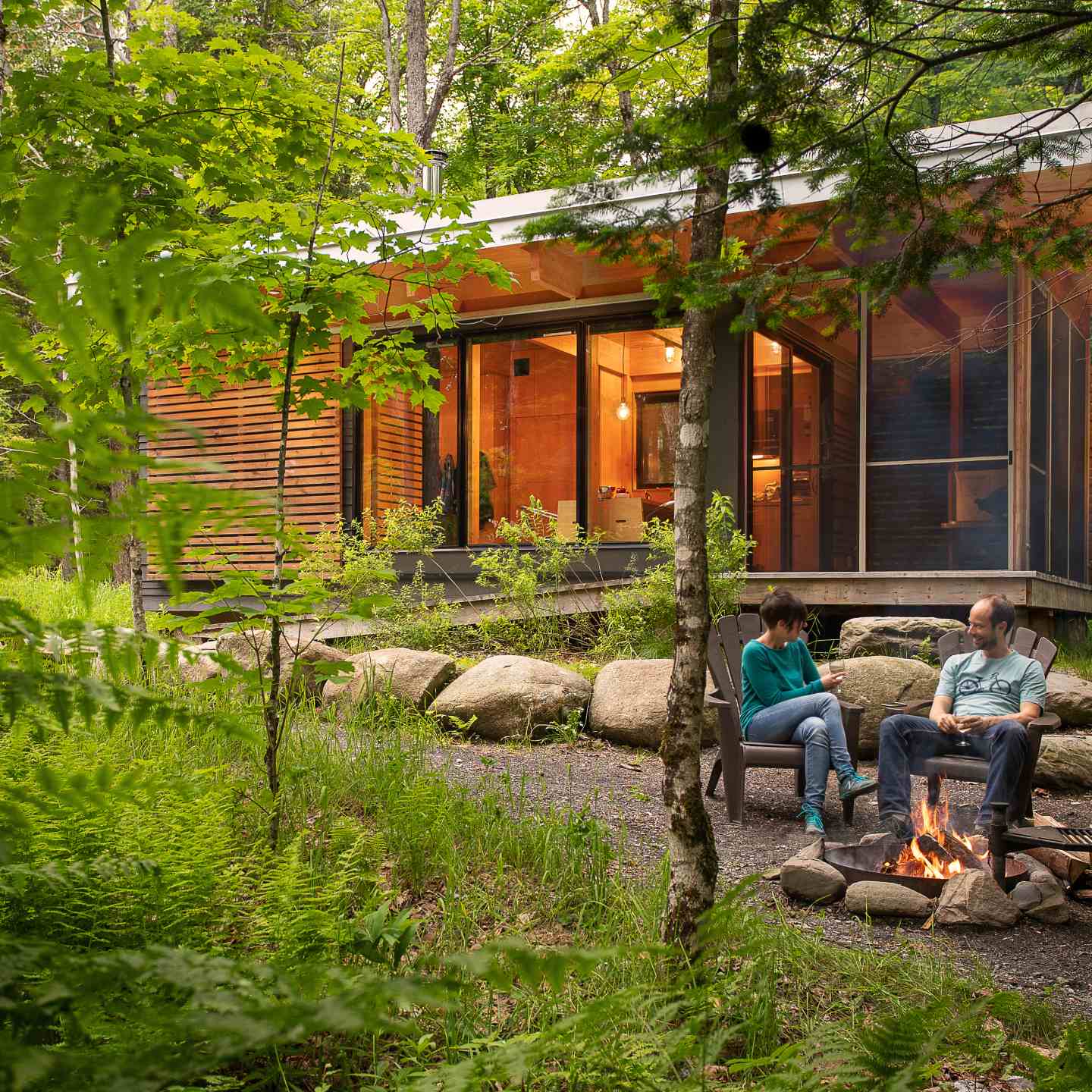
Owning a cabin that offers a serene escape from bustling city life is a dream for many. However, you may encounter some unwelcome guests in the wild. Understanding how to protect your cabin from wild animals is crucial for maintaining a safe and enjoyable retreat.
Here are the best strategies to protect your cabin from wild animals, ensuring you can relax without worrying about unexpected encounters.
Types of Wildlife Commonly Encountered
Understanding the types of animals that frequent your area will help you tailor your protective measures accordingly. In wooded areas you might encounter deer, raccoons, squirrels, and occasionally larger predators like bears and mountain lions. If your cabin is near a body of water, be prepared for aquatic visitors, such as beavers, otters, and even alligators depending on the location of your cabin.
Identifying Wildlife
Being able to spot signs of wildlife around your cabin is important. Keep an eye out for tracks, droppings, and damaged plants. If you’re near water, knowing how to tell crocodiles from alligators is essential. While it’s rare to encounter crocodiles, these beasts have a V-shaped snout, are more aggressive, and live in saltwater. On the other hand, alligators have a U-shaped snout and prefer freshwater.
Don’t forget about smaller critters, such as mice, rats, and bats, which can become a problem if they go unnoticed. Look for gnaw marks on furniture, nests in attics, and droppings in hidden corners.
Insects, such as termites or carpenter ants, can cause severe wood damage if not caught early. Regular checks and awareness of these subtle signs can protect your cabin from unwanted guests.
Protecting Your Cabin and Porch Upgrades
Creating physical barriers is crucial to deter wildlife from entering your cabin. Secure entry points, such as windows, doors, and vents, with sturdy materials, and install screens to keep smaller animals out.
If you have a porch or patio, consider upgrading your space by adding fencing around your property and upgrading your porch with motion-activated lights and durable materials. You should also implement pest control measures using natural repellents and maintain cleanliness to minimize infestations.
Landscaping and Waste Management for Wildlife Control
Proper landscaping and waste management can help keep wildlife away from your cabin. Keep your property tidy by trimming overgrown plants and using gravel or mulch. To help deter wildlife and insects from checking your place out, secure your trash in animal-proof containers and avoid leaving food outside. This way, they won’t have a reason to keep coming to your place.
Emergency Actions
Knowing how to react in the event of a wildlife encounter is crucial. For smaller animals, use loud noises or bright lights to scare them away. If you encounter a larger predator like a bear, remain calm and slowly back away while avoiding direct eye contact. Carry bear spray or other deterrents when venturing into areas known for wildlife activity. Always have an emergency plan and ensure all family members are familiar with it.
Protect Your Cabin with Love
Protecting your cabin from wild animals is essential for maintaining a safe and enjoyable retreat. Keep it secure and well-maintained so you can continue creating beautiful memories for years. By implementing the tips above, you can safeguard your sanctuary and enjoy all nature offers.

Leave a Reply